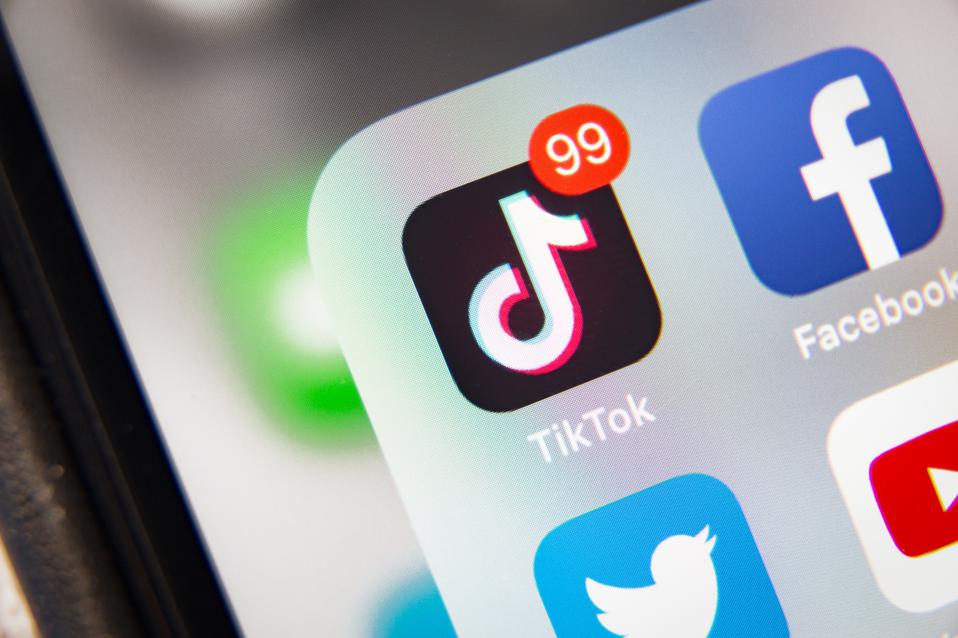
Before social media became seamlessly integrated into our daily lives, information stayed contained. Complaints about corporate hierarchy did not escape dinner tables or the occasional bar. There were barriers.
Now that we have TikTok, a zoo of quiet-quitting, resume hacks and workplace drama have all been unleashed in a single cage.
Over the past few decades, we’ve seen workplace norms like the strict 9-to-5 melt into a flatter and more flexible environment. Employees can work anywhere and at any time without their bosses working in the next cubicle over. With employers out of sight, the corporate structure has slipped out of mind.
But this shift in remote work does not capture the full picture as to why the workforce we clock into every day has become so distorted. Conversations about the workplace used to be sorted by location and social circle, but have now become an open forum on TikTok.
Everyone everywhere knows about everything. The hashtag “careertok" has become the Glassdoor of career advice and job expectations. Just like with salary transparency, open discussions about what goes on in the workplace are changing the rules of the game by giving everyone access to contribute to or consume social commentary in the workforce.
But this has a dark side, too. Conversations about the workforce are just as important today as they have ever been, but they are not immune to TikTok’s inherent contortion. Fast-paced content catered directly to the user dilutes complexity into simplicity, metastasizes the menial, and blurs humor with sincerity. With 100 million people in the United States using the app, TikTok’s ability to influence individual minds and cultures is profound– and yet there are many content creators posting who haven’t yet fully developed their expertise in the subject matter. A conversation about work norms and office culture no longer impacts only one office—they have power to create seismic shifts in every workplace from coast to coast.
Setting new low standards
Quit-quitting is one of the most talked-about trends that have manifested from content posted on #careertok. The trend went viral last summer after a TikTok user posted a video describing quiet quitting as “not subscribing to hustle culture” and “quitting the idea of going above and beyond.” Not too long after, news outlets like the Wall Street Journal and the New York Times started to publish stories about quiet quitting, spreading the conversation even further by reaching
demographics less engaged with TikTok. After U.S. productivity declined 4.1% in 2022—the largest decrease since the government started keeping track in 1948—it’s not hard to imagine how conversations about quiet quitting can shift the mentality in workplaces across the country.
Misinterpretations, broad generalizations, and misaligned realities
It’s no surprise that 60-second videos posted on TikTok leave room for multiple interpretations and—-as the comments will confirm—a wide range of loud opinions. Quiet quitting has of course been no exception.
The phrase was widely spread by Gen Z and Millennial voices to encourage boundaries that separate working hours and time off. In the eyes of employers and employees who have more work experience under their belts, quiet quitting is seen as the latest act of rebellion from a generation looking to get away with doing the bare minimum.
One can imagine a common ground between two viewpoints, but it’s not easy to find it by watching short videos on a platform designed to curate content that aligns with users’ interests and opinions. Quiet quitting tells two stories—one about jaded employee high on self-importance; the other about ruthless corporate hierarchies who push unrealistic expectations. Both of these narratives further reinforce the generational assumptions already present in the workforce and take companies further away from achieving cohesive office norms and company values.
Quick assumptions; big decisions
Above all other social media platforms, Tik Tok has given us a glimpse behind the curtain. Remember when a Panera employee revealed the company freezes its signature mac-and-cheese? Scroll though the app long enough and you’ll find all the information you were never taught in public education, like the proper way to fold fitted sheets.
But TikTok also has a library of other information that, although pretty to look at, doesn’t provide concrete realities. A day-in-the-life TikTok of a software engineer doesn’t capture the entire life of a software engineer, and videos of strangers revealing their salary never seem to discuss work schedules or job stability.
TikTok is a great asset when it comes to learning the do’s and don’ts of resume building and career hunting. That being said, scrolling through #careertok is by no means a substitute for the information you learn by experiencing the workforce directly. Risk comes into play when we conflate the two to create one reality. Our workforce is the motor of our economy. How we choose to contribute to it, the paths we take to get there—the answers to these questions are too nuanced for any algorithm, TikTok’s included.